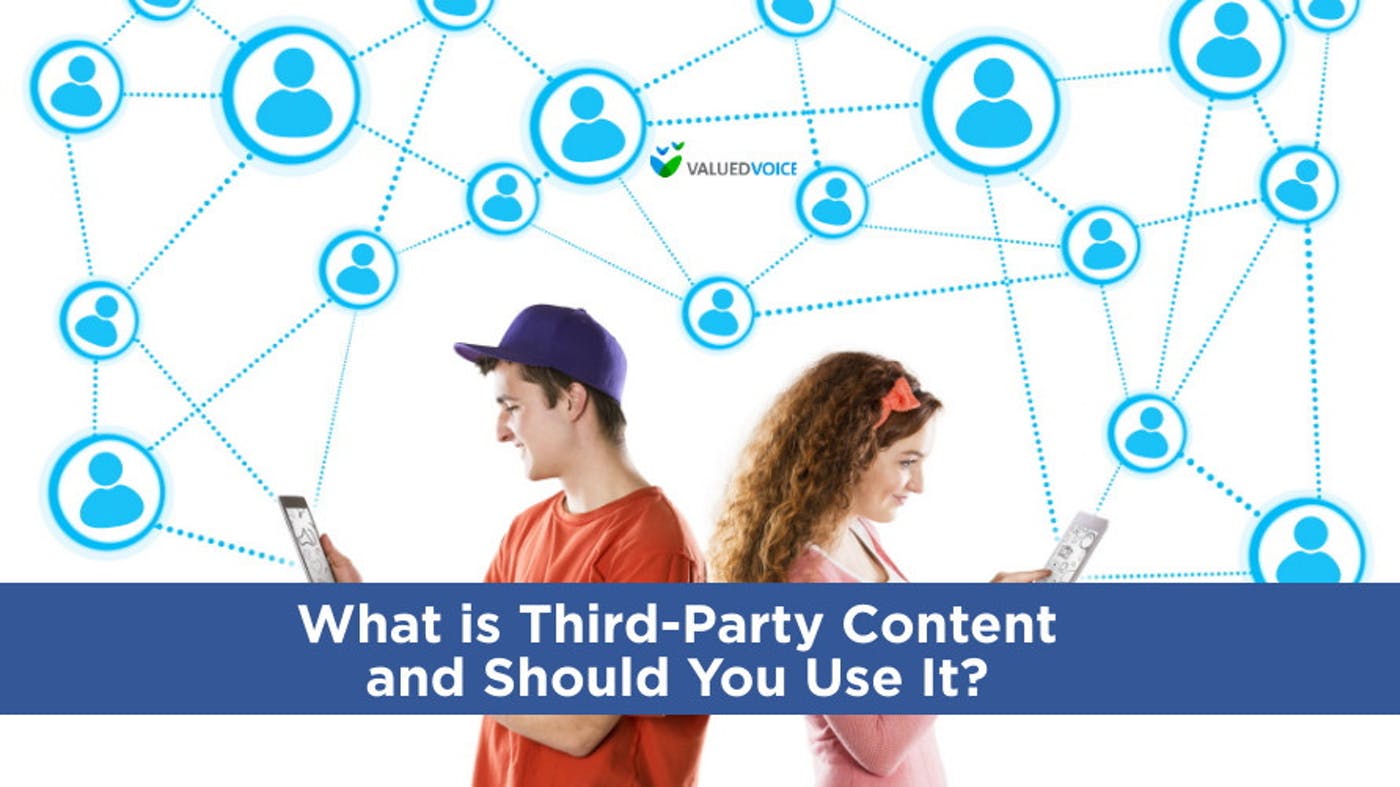What is Third-Party Content and Should You Use It?
Nov 18, 2019
Written by Admin

Are you doing enough for your social media? Some businesses slap together a Facebook page and call it a day.
Others share information about discounts and sales but don't do anything to keep customers engaged between those sales.
To create a truly successful social media campaign, you'll need to share relatable content as well. Many marketers are juggling their original posts with curated content from around the web.
Third-Party content isn't a new trend and isn't going to go away anytime soon, but a surprisingly small number of entrepreneurs understand its benefits.
What Is Third-Party Content?
The term "third party content" refers to the content you share on social media that you didn't create yourself.
Many people mistakenly think that sharing content created by other people on your business page can be detrimental for your bottom line.
The truth is it can be beneficial when used in addition to your own original content. While sharing original content shows your customers your company and its products or services, sharing content from other people provides further value, help, and education.
In some cases, such as sharing relevant (but family-friendly) memes, sharing third party content as part of your social media strategy displays the personality behind your brand.
How Marketers Are Using Third-Party Content
If you're new to the world of social media from a business standpoint, you may be curious about how other marketers are using third-party content to their advantage.
More than 75% of marketers do use third party content, and they share it via social networks, email, and their own blogs and websites.
The biggest challenge for many marketers is finding the right kind of content to match their brand.
Still, once they find the content, they are using it to educate their audiences or industry peers, share memes that add personality and humor, and engage readers who might not stick around otherwise.
What Is Third Party Content and Should You Use It?
Before you start sharing third-party content, consider who your target audience is. If it is industry peers, focus only on academics or other professional information.
If your clients are older, you can mix in some humor, but make sure it is family friendly. Humor for younger clients should also be G-rated, but may use different meme formats or sharing practices due to generational differences.
Of course, you'll also need to consider what interests your followers, what resources you have available to you for education-based content, and how you'll curate the content.
Tips for Making the Most of Your Third-Party Content
You already know who your target audience is and what they like about your product, but what else do they like?
Research the types of content and websites your audience is following to determine which types of content will work best to gain their attention.
Next, schedule times to share third party content a least a few times a week, making sure it's evenly spaced between your own original content.
When finding content to share, start with the publications in your industry. Blogs, podcasts, and influencers often create share-worthy content that will work well with your own social media activity.
Remember, above all else, you're judged for what you share on your social media pages. If you aren't sure if something you want to share is true, or if you question whether it might offend some of your audience, avoid sharing it.
After all, rebuilding a tarnished reputation is a hard task for your public relations team (especially if that team is only made up of you).
How Third-Party Content Helps Your Bottom Line
Shared content helps you share your brand identity. From your photos on Facebook to the things you retweet on Twitter, providing information from third-party sources shows your human side.
This is especially true when you add commentary (which you should). Avoid saying simple phrases with your shared posts.
If something is "interesting," tell your audience why you find it so. Sharing third party content also helps you to create a more diverse online persona that keeps people's interest.
Businesses usually post several times a day on social media. Creating that much content can be tiresome.
Finding other content to share can help. If you haven't already started using third party content on your social media pages, now is the time.
Join over 10,000 bloggers and content creators who are currently earning with Valued Voice!